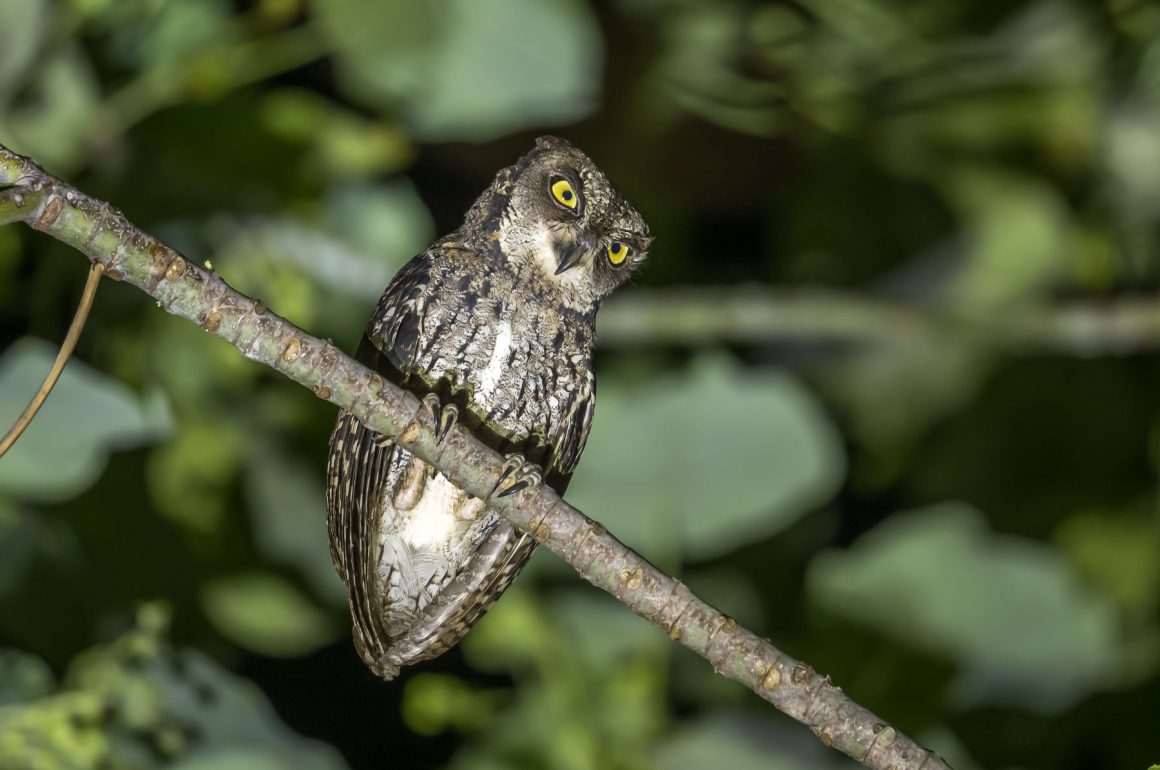
After an entirely fruitless first night looking for owls, we were much more successful on the second night, getting good views of two of our three target species. Unfortunately, there is not much research available on either.
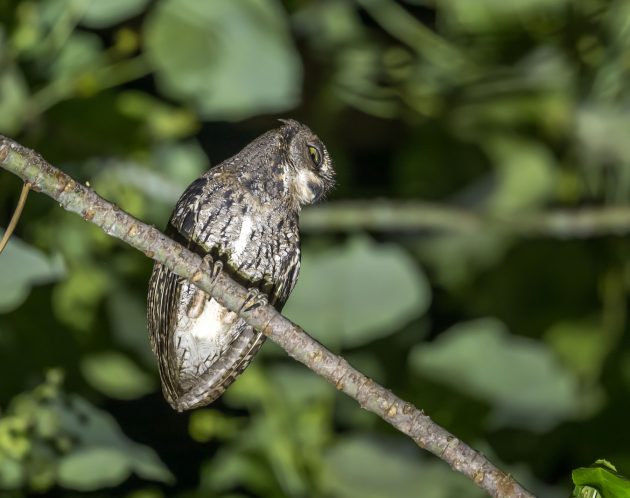
This may be one reason that the Moluccan Scops Owl has the scientific name Otus magicus (“magical, mysterious”) – for me, all owls are magical, but as this one is described as being rather common, there is no good reason to single this one out for being especially mysterious.
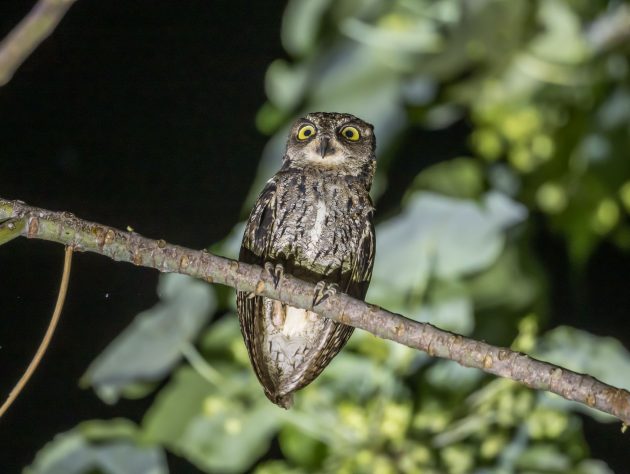
Maybe it is the rather piercing yellow eyes?
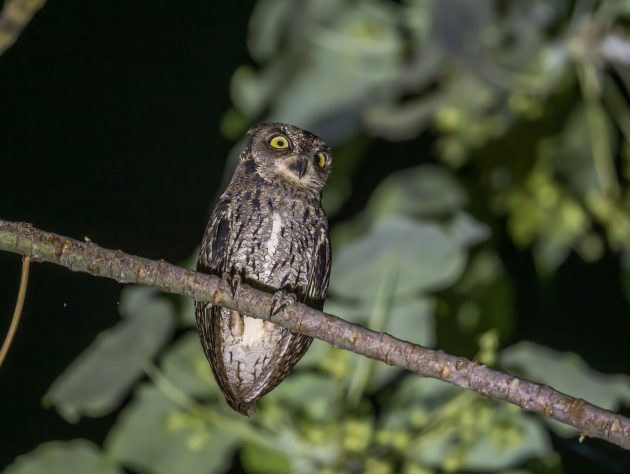
It is one of 59 scops owl species, three of which are already extinct. Fortunately, the Moluccan Scops Owl is still listed as Least Concern.
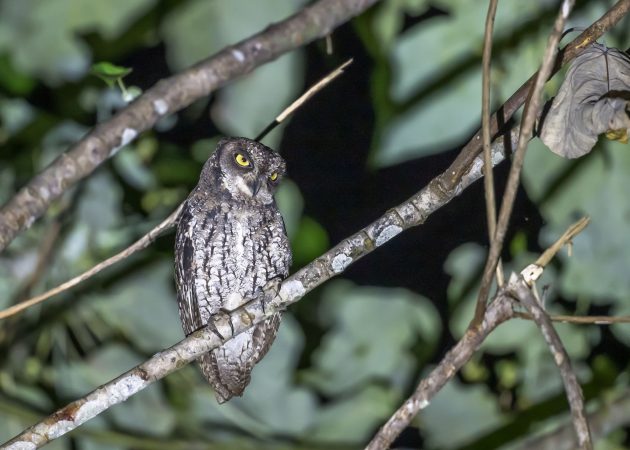
According to the HBW, this owl appears to be adaptable to some levels of forest degradation, and indeed the scenery where I later saw the owl is already a mixture of forest and some agricultural use.
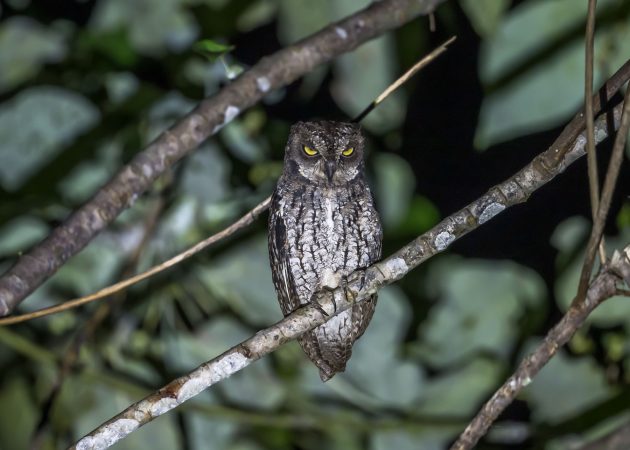
The scenery around the owl and owlet-nightjar spot – photos taken a bit earlier while waiting for the owling time to begin (such a drag …)

A bit later, we saw a Moluccan Owlet-nightjar at the same spot. eBird disappoints a bit by just calling it a “large owlet-nightjar of lowland and foothill forests” – this species deserves a more imaginative description.
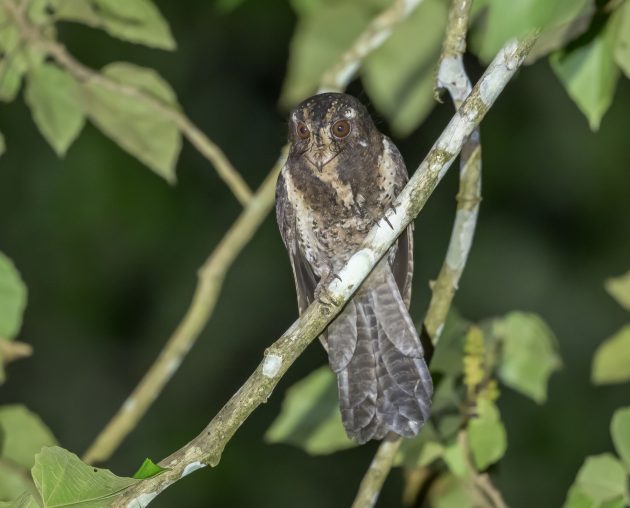
While the HBW states that it is categorized as Least Concern, which I assume to be correct, another – rather dubious – site named Birdbuddy calls it Vulnerable. Why dubious? The site also claims that the Moluccan Owlet-nightjar is a small bird of about 16 cm, something that is definitely wrong.
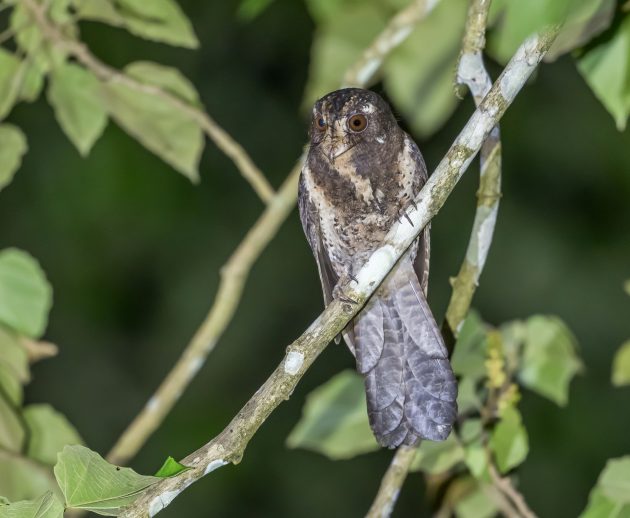
Owlet-nightjars are somewhat related to nightjars, but not as much as one might think. And they are basically not related to owls at all, even though they look similar. Apparently, their closest relatives are swifts. When I look at photos of my relatives, I am sometimes surprised as well.
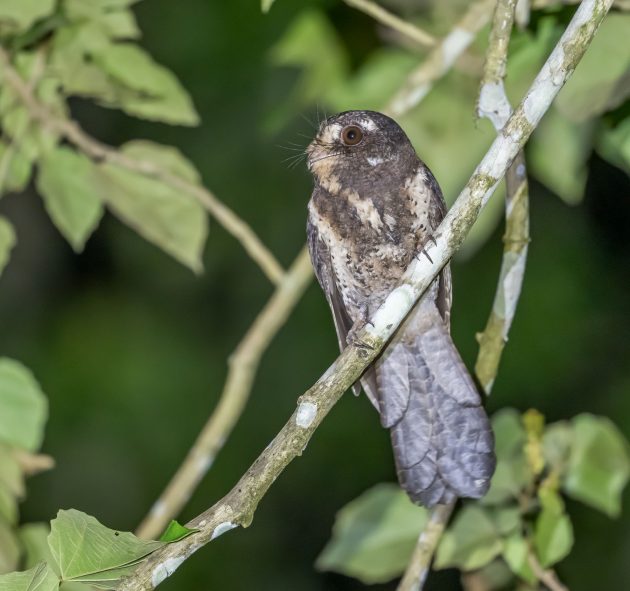
The individual we saw made some curious sideways movements – see here and here. Of course, my guide claimed the bird was dancing …
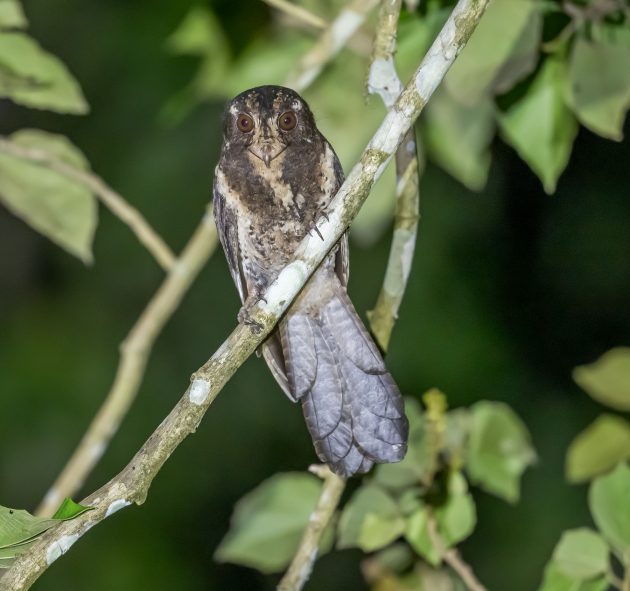
So far there does not seem to be a good explanation for this behavior. There is still enough work for future ornithologists.
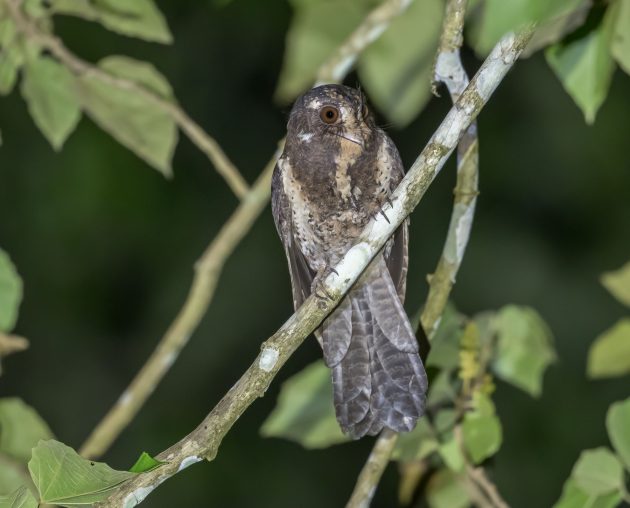
Anyway, sometimes it is worth looking for owls and other nocturnal birds before having the first beer of the evening.






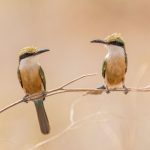
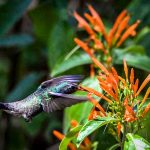
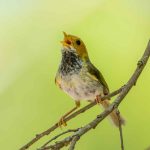
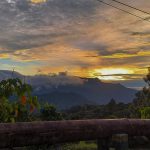



I love seeing your photos of birds that are so different from any (North American) birds I’ve ever seen, and that owlet-nightjar is one of the best ever! Wow!